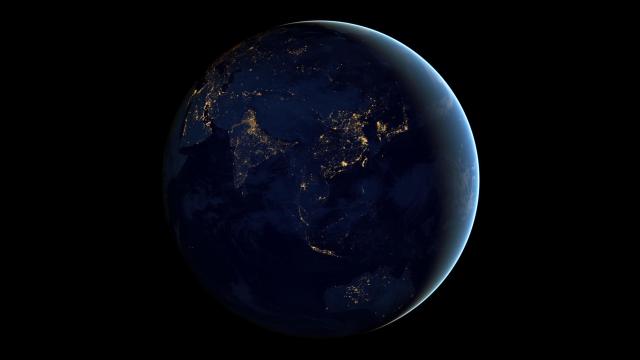One of the rare bright spots amidst the environmental hellscape of 2018 was a United Nations report that the ozone hole was on track to be fully healed by mid century. But because no good news comes without caveats, scientists are now reporting that overlooked emissions of chloroform, which are on the rise in East Asia, could put a bit of a damper on that recovery.
In addition to knocking people unconscious in mid-20th century spy movies, chloroform is used in the manufacturing of various products, from Teflon to refrigerants. It’s also part of a diverse family of chlorinated substances humans produce that have the unhappy side-effect of destroying ozone, a molecule that forms a protective stratospheric shield against DNA-damaging ultraviolet light.
The primary ozone-destroying substances, called chlorofluorocarbons, were phased out under the Montreal Protocol beginning in the late 1980s. But until now, chloroform’s ability to gnaw away at our ozone layer has been largely overlooked.
But recent research suggests that might be a bigger oversight than the protocol’s architects intended. A study published last year showed that dichloromethane concentrations are growing rapidly, with the potential to delay Antarctic ozone recovery by several decades. Now, a team of researchers from MIT, the University of Bristol, and elsewhere has confirmed that global chloroform emissions have also been on the rise lately.
Compiling data from seven atmospheric monitoring stations worldwide, the researchers found chloroform emissions rose some 3.5 per cent per year from 2010 to 2015, after decades of holding steady. Using atmospheric models, the team determined that all of the emissions growth could be traced to eastern China.
Worryingly, the researchers write, weather patterns in this part of the world including the Asian monsoon “could provide efficient pathways for directly transporting air pollutants to the upper troposphere and lower stratosphere.”
In other words, chloroform emitted in East Asia may have a higher potential to deplete ozone that chloroform emitted elsewhere. If emissions continue to grow at 2010-2015 rates, the researchers estimate recovery of the ozone hole could be delayed by up to 8 years.
It’s not the first recent evidence of an uptick in ozone-destroying substances from eastern Asia. Earlier this year, expected over eastern Asia, per the new study.
So far, it’s unclear whether any of these recent emissions spikes are directly related. What is clear is that the fight to stamp out ozone-annihilators isn’t won yet. And if emissions of overlooked substances like chloroform continue to grow, this environmental problem might not be solved in our lifetimes after all.
